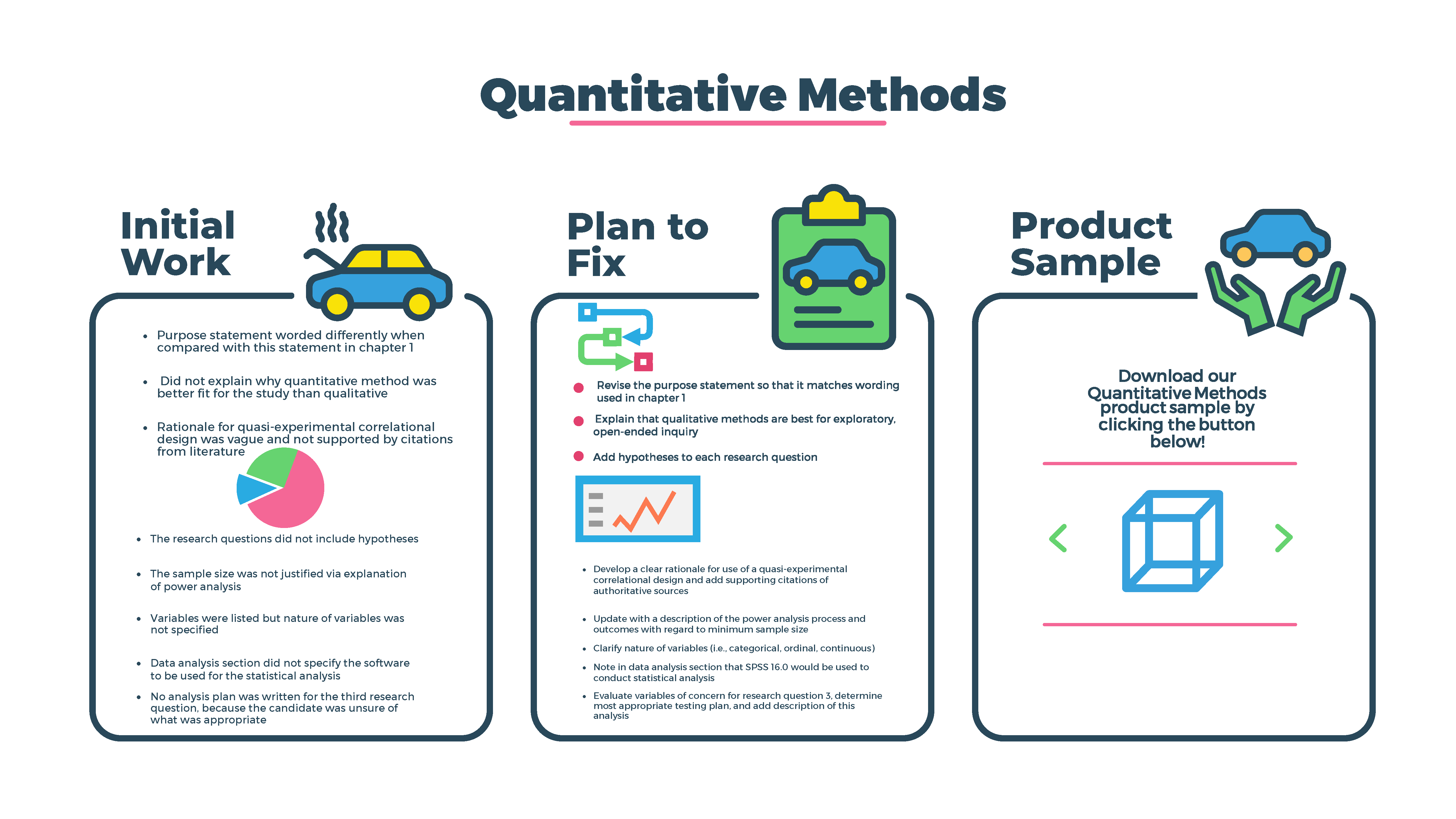
You can buy and sell this kind of data on a data exchange, and it typically contains a large number of data points.īecause first-party data comes directly from your audience, you can have high confidence in its accuracy, as well as its relevance to your business. Third-party data is information a company has pulled together from numerous sources.

You can purchase second-party data directly from the organization that collected it or buy it in a private marketplace. Second-party data is the first-party data of another company. It could include data you gathered from online properties, data in your customer relationship management system or non-online data you collect from your customers through surveys and various other sources.įirst-party data differs from second-party and third-party data. First-party data is the information you gather directly from your audience. When it comes to data businesses collect about their customers, primary data is also typically first-party data. You will be the first party to use this exact set of data. Primary data is information obtained directly from the source. The term “primary data” refers to data you collect yourself, rather than data you gather after another party initially recorded it. Let’s take a look at some of the most common data collection methods. There are various data-gathering methods you can use with the help of your DMP. Your DMP can help facilitate all these steps and provide you with the tools you need to make the most of your data. How do you collect this data? One of the most crucial tools for collecting - as well as organizing, analyzing and activating data - is the data management platform, or DMP.

This enhanced understanding helps you meet and exceed your customers’ expectations and allows you to create messaging and products that appeal to them. The more information you have about your customers, the better you can understand their interests, wants and needs. Data is one of the most valuable resources today’s businesses have.


 0 kommentar(er)
0 kommentar(er)
